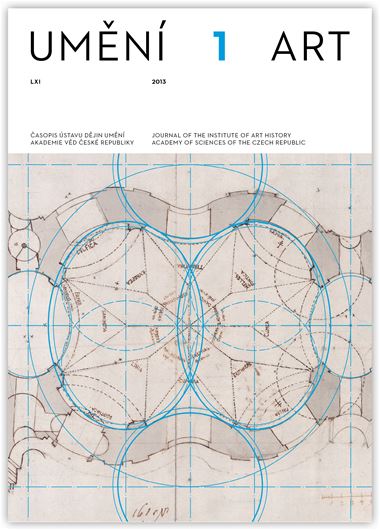Hubert Guzik
Kolektivní domy a sociální politika českých průmyslových podniků v letech 1939–1953
Right after the Second World War, two collective houses were built in the industrial towns of Litvínov and Zlín in what was then Czechoslovakia. Each building provided housing for families, a central dining hall, a nursery school, and a wide array of cultural and social services, all under just one roof. The architectural precursors of these two buildings were found in the USSR, Swedenand France, but the Czech koldomy (collective houses) originated independently of their counterparts abroad. They drew on sociological concepts of industrial towns developed by the management of the Baťa shoemaking enterprise in Zlín during the Nazi occupation. Inspired by German industrial sociology, the Baťa Company were looking at that time for ways in which to maintain social solidarity, stability, and the moral profile of its employees. The company’s management concluded that collective houses would be better than the garden city model of housing at generating social solidarity. This form of construction was well suited to the country’s new political-economic direction after 1945, which combined elements of capitalism, corporatism, and state socialism, and left industrial enterprises a certain degree of freedom in the area of social policy. The management of the national chemical enterprise Stalin Works wanted the construction of collective housing in Litvínov to signal the humanistic dimension of industrial enterprises in the socialist state.
The rapid industrialisation of Czechoslovakia after 1948 ultimately led to the failure of both buildings. The mass relocation of employees broke down the stability of workplace collectives, and the voluntary emancipation of women through work, expressed in architectural form in both collective buildings, was supplanted by the forced feminisation of the labour force. Collective housing was met with little support even among architects, who found that the social goals of the state could be better fulfilled by cheap prefab housing estates than by the romantically singular collective houses.
Full-text in the Digital Library of the Czech Academy of Sciences:
https://kramerius.lib.cas.cz/uuid/uuid:4a3a8a96-220c-45c4-bcef-5584c05584c2
< back

